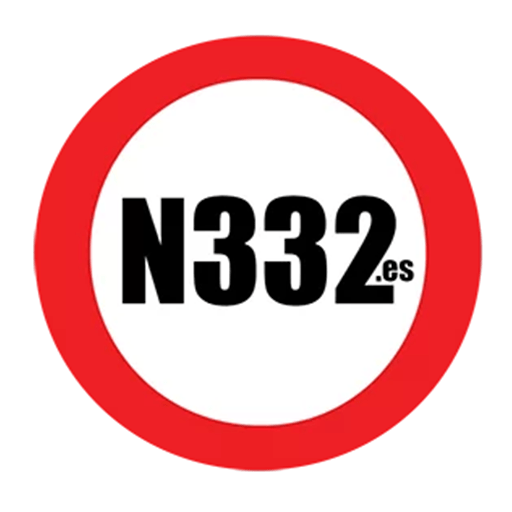Tyres carry a wealth of information printed on their sidewalls — a code that tells you their size, structure, performance, and age. Understanding these markings is vital for safety and compliance.
Contents
What the Codes Mean
A typical tyre marking might look like 205/55 R16 91V:
- 205 – the tyre width in millimetres.
- 55 – the aspect ratio (height of the sidewall as a percentage of the width).
- R – radial construction.
- 16 – rim diameter in inches.
- 91 – load index (maximum weight the tyre can carry).
- V – speed rating (maximum safe speed).
You’ll also find the DOT code, which includes the week and year of manufacture — e.g., “3023” means made in week 30 of 2023.
Identical Tyres on Each Axle
Spanish law requires that the tyres fitted to each axle must be identical in size, type, and tread pattern. Mixing tyres on the same axle creates an imbalance that can cause uneven braking, loss of grip, and even a skid.
This is also why, if one tyre on an axle suffers a puncture or irreparable damage, both tyres should be replaced together. The difference in wear between a new tyre and an older one can compromise stability.
Why the Spare is Only a Spare
Most cars are equipped with a temporary spare, often narrower and marked with restrictions such as “max 80 km/h.” This is because the spare is not intended for long-term use. It allows you to reach a garage safely, but it should be replaced with a full-sized, matching tyre as soon as possible.
The Takeaway
Correct tyres, properly matched and maintained, are as critical as brakes or seatbelts. Learn to read the codes, replace tyres in pairs on the same axle, and treat your spare for what it is — a short-term solution, not a substitute.
Discover more from N332.es - Driving In Spain
Subscribe to get the latest posts sent to your email.
